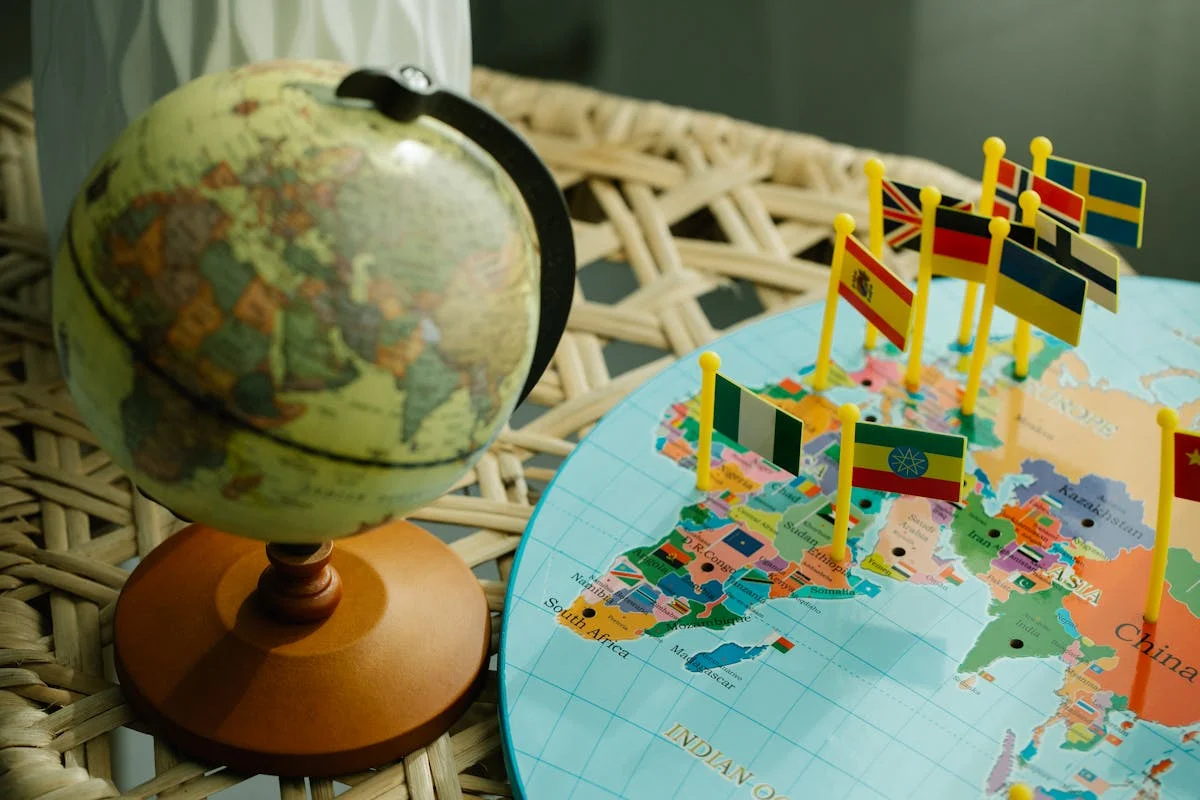Studying and working abroad is an exciting opportunity to gain international experience, build your career, and immerse yourself in a new culture. However, navigating the visa application process can be daunting, especially if you’re unfamiliar with the requirements and procedures. Whether you’re planning to study first and then work, or combine both, this step-by-step guide will walk you through everything you need to know to successfully apply for a study and work visa.
Step 1: Choose Your Destination and Program
The first step in your journey is to decide where you want to study and work. Different countries have varying visa policies, so it’s important to choose a destination that aligns with your goals. Consider factors like:
- The quality of education and job opportunities.
- Visa requirements and post-study work options.
- Language and cultural fit.
Pro Tip: Research countries with favorable visa policies for international students, such as Canada, Australia, Germany, or the UK.
Step 2: Understand the Visa Types
Most countries offer separate visas for studying and working, but some have combined options. Here’s a breakdown of common visa types:
Study Visas:
- Student Visa: Allows you to study full-time at a recognized institution.
- Conditional Admission Visa: For students who need to complete a language course or preparatory program before starting their degree.
Work Visas:
- Post-Study Work Visa: Allows you to work in the country after completing your studies (e.g., Canada’s Post-Graduation Work Permit).
- Work-Study Visa: Permits part-time work while studying (usually limited to 20 hours per week).
- Skilled Worker Visa: For graduates who secure a job offer in their field.
Pro Tip: Check if your chosen country offers a pathway from a study visa to a work visa, as this can simplify the process.
Step 3: Gather Required Documents
Visa applications require a variety of documents. Start gathering these early to avoid delays:
Common Requirements:
- Passport: Must be valid for at least six months beyond your intended stay.
- Letter of Acceptance: From a recognized educational institution.
- Proof of Financial Support: Bank statements, scholarship letters, or sponsorship documents.
- Academic Transcripts and Certificates: To prove your qualifications.
- Language Proficiency Test Scores: Such as IELTS, TOEFL, or PTE (if required).
- Visa Application Form: Completed and signed.
- Passport-Sized Photos: Meeting the country’s specifications.
- Health Insurance: Proof of coverage for the duration of your stay.
Pro Tip: Keep both digital and physical copies of all documents for easy access.
Step 4: Apply for Admission to a Recognized Institution
Before applying for a study visa, you must secure admission to a recognized educational institution. Here’s how:
- Research universities or colleges that offer your desired program.
- Meet the admission requirements (e.g., academic qualifications, language proficiency).
- Submit your application and wait for the acceptance letter.
Pro Tip: Apply to multiple institutions to increase your chances of acceptance.
Step 5: Submit Your Visa Application
Once you have your acceptance letter, you can begin the visa application process. Follow these steps:
- Complete the Application Form: Fill out the form accurately and double-check for errors.
- Pay the Application Fee: Fees vary by country, so check the official immigration website for details.
- Schedule an Appointment: Some countries require an in-person interview or biometrics appointment.
- Submit Your Application: Upload or mail your documents as instructed.
Pro Tip: Apply well in advance, as processing times can vary from a few weeks to several months.
Step 6: Prepare for the Visa Interview (If Required)
Some countries require a visa interview to assess your intentions and eligibility. Here’s how to prepare:
- Research Common Questions: Be ready to explain your study plans, career goals, and reasons for choosing the country.
- Practice Your Answers: Conduct mock interviews with a friend or mentor.
- Dress Professionally: Make a good impression by dressing appropriately.
Pro Tip: Bring all required documents to the interview, including your acceptance letter and proof of financial support.
Step 7: Transition from Study to Work Visa
If you plan to work after completing your studies, research the post-study work visa options in your host country. Here’s what to do:
- Check Eligibility: Ensure your program and institution qualify for a post-study work visa.
- Apply Early: Some visas require you to apply before your student visa expires.
- Secure a Job Offer: For skilled worker visas, you’ll need a job offer in your field.
Pro Tip: Use your study period to network, gain work experience, and explore job opportunities.
Step 8: Stay Compliant with Visa Regulations
Once you have your visa, it’s important to follow the rules to avoid complications:
- Work Within Limits: If you have a work-study visa, don’t exceed the allowed hours.
- Renew Your Visa: If needed, apply for an extension before your current visa expires.
- Report Changes: Notify immigration authorities of any changes in your circumstances (e.g., change of address or program).
Pro Tip: Keep track of important dates, such as visa expiration and renewal deadlines.
Final Thoughts
Applying for a study and work visa may seem complex, but with careful planning and preparation, it’s entirely achievable. By following this step-by-step guide, you can navigate the process with confidence and set yourself up for a successful international experience.
Remember, studying and working abroad is not just about gaining qualifications—it’s about building a global network, developing new skills, and broadening your horizons. Take the first step today and turn your dream of studying and working abroad into a reality.

